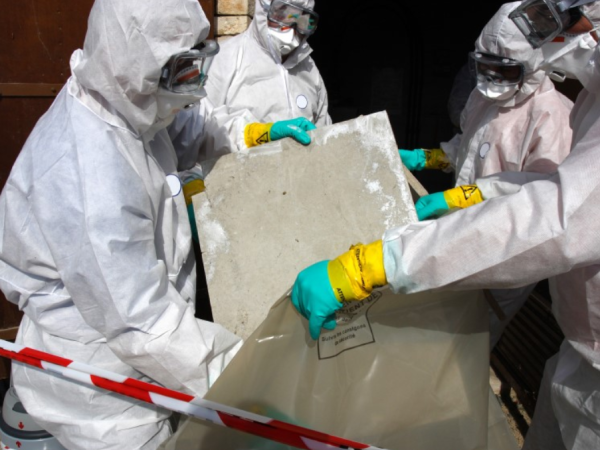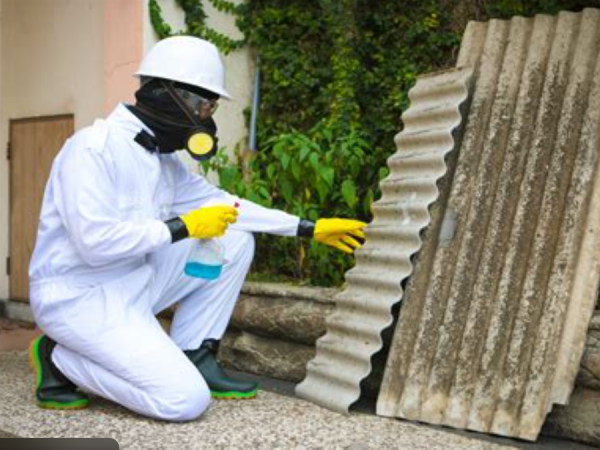Asbestos products were used in thousands of construction, industrial, automotive, and consumer goods before the 1980s. Many are still present in older homes and vehicles today. Disturbing them can release fibers that cause mesothelioma, lung cancer, and other serious diseases.
Asbestos products are materials that contain asbestos fibers, once added to improve fire resistance, durability, and insulation. Examples include floor tiles, insulation, cement, roofing shingles, brakes, gaskets, appliances, and even cosmetics.

Legally Reviewed and Fact Checked by:
Paul Danziger



Free Case Review
For most of the 20th century, asbestos was considered a “miracle mineral.” Its unique qualities made it valuable across industries:
Because of these properties, asbestos was used in over 3,000 products between the 1920s and late 1970s. Use peaked in 1973 before health concerns led to regulation and bans

Asbestos was heavily used in construction until the late 20th century:
These materials still exist in older schools, homes, and commercial buildings. Renovations often disturb them, creating dangerous dust.
Factories, shipyards, and power plants relied on asbestos in:
Even pizza ovens, refinery diaphragms, and aerospace equipment once used asbestos.
The automotive industry was another major consumer. Asbestos was used in:
Auto mechanics faced high exposure while repairing or replacing these components. Grinding or sanding brakes released clouds of asbestos dust.

While asbestos is often associated with factories or construction, it also appeared in everyday household items.
Asbestos-contaminated talc was used in:
Talc and cosmetics remain a surprising source of exposure. Testing by the FDA has repeatedly found asbestos in powders, makeup, and hygiene products. Consumers and children may inhale fibers when applying contaminated products.
When asbestos products are cut, sanded, or deteriorate with age, they release microscopic fibers into the air. Once inhaled, these fibers lodge in lung tissue and cannot be expelled. Over time, they can cause:
Diseases usually develop 20–50 years after exposure, meaning many people are only now being diagnosed.
Use this quick list to spot potential risks:
If you suspect asbestos, testing is the only way to confirm.
Do not attempt removal yourself. Even minor disturbance can release harmful fibers.
Safe handling plan:
Globally, more than 60 countries have banned asbestos, but the U.S. still lags behind with only partial restrictions.
If you or a loved one has mesothelioma or another asbestos disease, you may qualify for significant compensation. Lawsuits and asbestos trust funds have already paid billions to victims. Veterans can also access VA benefits.
Contact us today for a free case review. Our attorneys have recovered over $2 billion for asbestos victims nationwide.
Products made with asbestos fibers to add heat resistance or strength, such as insulation, cement, tiles, brakes, and appliances.
Yes. While U.S. companies no longer manufacture them, some imported gaskets, brakes, and talc-based products may still contain asbestos.
Only professional testing can confirm. Homes built before 1980 often contain asbestos in insulation, tiles, and siding.
Do not disturb it. Call a licensed asbestos abatement contractor for testing and removal.
Mesothelioma, asbestosis, and lung cancer are the most common asbestos-related diseases.